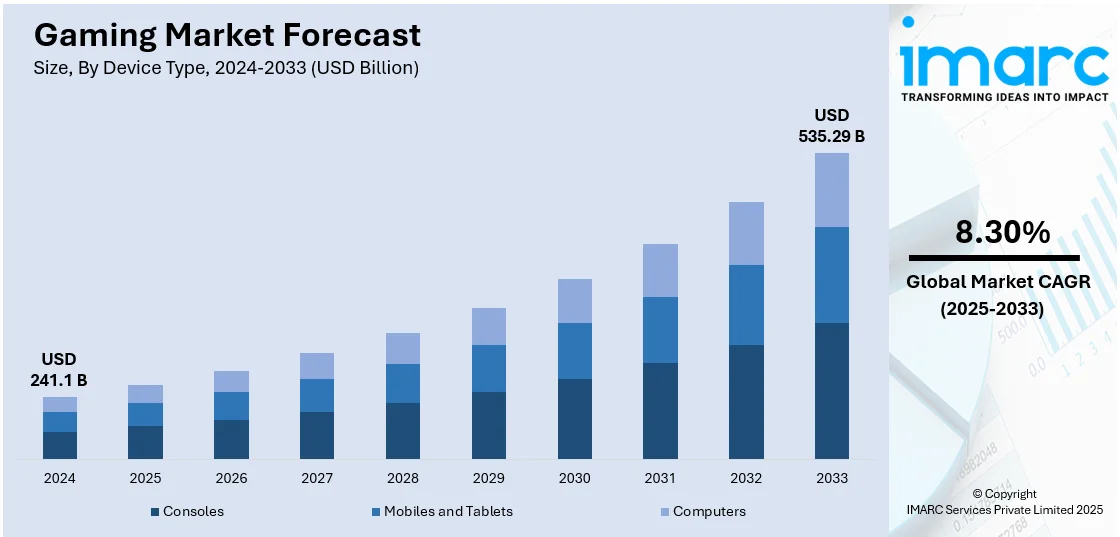Connection Corner
Your go-to guide for relationships, dating tips, and hookup advice.
Predicting Pixels: The Crystal Ball of Gaming Trend Forecasting
Uncover the future of gaming with Predicting Pixels! Dive into our crystal ball for the hottest trends and insights that will shape your play!
Top 5 Emerging Gaming Trends to Watch in 2024
As we step into 2024, the gaming industry continues to evolve rapidly, with several emerging trends capturing the attention of gamers and developers alike. One of the most significant trends to watch is the rise of cloud gaming. Services like Google Stadia and NVIDIA GeForce Now are making it easier for players to access high-quality games without needing powerful hardware, allowing for a more inclusive gaming experience. Additionally, the integration of artificial intelligence in game development is set to revolutionize how games are designed and played, making environments more immersive and adaptive.
Another promising trend is the growth of virtual reality (VR) and augmented reality (AR)blockchain technology in gaming is reshaping the industry by allowing players to have true ownership of their in-game assets. Finally, the focus on diversity and inclusivity in game narratives and character design is gaining momentum, ensuring that games reflect a wider array of experiences and identities. Keep an eye on these trends as they develop throughout 2024!

Counter-Strike is a popular first-person shooter game that has captivated millions of players around the world. The game focuses on team-based gameplay, where players can choose to fight as either terrorists or counter-terrorists, completing objectives to win rounds. For those looking to enhance their gaming experience, using a clash promo code can provide exciting benefits and in-game rewards.
How Data Analytics is Shaping the Future of Gaming
Data analytics is revolutionizing the gaming industry by providing developers and publishers with valuable insights into player behavior and preferences. By utilizing advanced analytics tools, companies can collect data on how players interact with their games, including which levels they find most challenging or which features they use most frequently. This information allows developers to optimize gameplay, enhance user experience, and tailor future updates to meet the evolving desires of their audiences. As a result, games are becoming increasingly engaging and tailored to the needs of players, ultimately leading to higher retention rates and increased revenue.
Moreover, data analytics also plays a crucial role in shaping marketing strategies within the gaming sector. With the ability to analyze player demographics and behaviors, companies can create targeted marketing campaigns aimed at specific audiences. For instance, by identifying popular gaming trends, developers can position new releases to tap into these movements effectively. Furthermore, predictive analytics can help forecast future gaming trends, enabling studios to stay ahead of the curve and innovate continually. As the gaming landscape evolves, harnessing the power of data analytics will be essential for creators aiming to secure their place in a competitive market.
Will Virtual Reality Dominate the Gaming Landscape in the Next Decade?
The rapid advancements in technology have led many to speculate whether virtual reality (VR) will dominate the gaming landscape in the next decade. With major companies investing heavily in VR development, we are witnessing remarkable improvements in immersive experiences, graphics, and accessibility. As hardware becomes more affordable and user-friendly, the potential for VR gaming to reach a wider audience increases. Furthermore, titles such as Half-Life: Alyx and Beat Saber have showcased the thrilling experiences VR can offer, igniting curiosity and interest among gamers who may have previously overlooked this medium.
Moreover, the integration of social elements and multiplayer functionalities in VR is enhancing the gaming experience beyond individual play. Virtual worlds allow users to interact with friends and other players in real-time, creating a sense of community that traditional gaming may struggle to provide. As we look towards the future, trends suggest that VR technology will not only survive but thrive, potentially reshaping how we perceive and engage with games. The question remains: will developers and gamers alike embrace this immersive technology enough to see it as the standard in the coming years?